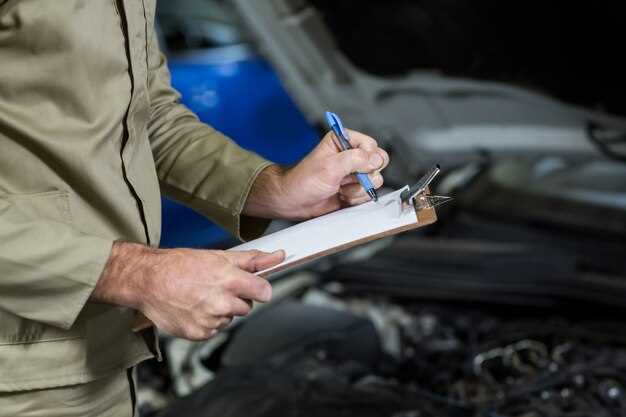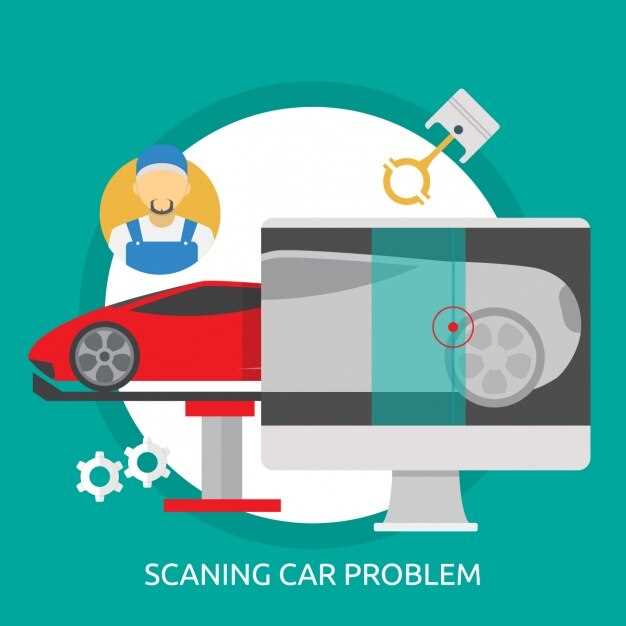
When it comes to automotive care, detailing your engine bay is often overlooked. A clean engine not only enhances the overall appearance of your vehicle but also plays a significant role in its maintenance and performance. Proper detailing can help identify potential issues, prevent corrosion, and keep components functioning optimally.
However, engine detailing requires a safe and methodical approach to avoid damaging sensitive parts or causing electrical issues. Understanding the right techniques and products is essential for effective cleaning without compromising the integrity of your engine. In this article, we will explore safe methods for detailing your engine bay, providing you with the knowledge to achieve a pristine and functional engine compartment.
From insulation techniques to selecting suitable cleaning agents, this guide will delve into best practices that ensure safety while delivering excellent results. By following these guidelines, you’ll be well on your way to maintaining a clean and efficient engine bay that not only looks great but also supports the longevity of your vehicle.
Preparing Your Engine Bay for Safe Cleaning

Before detailing your engine bay, it is crucial to prepare the area to ensure both safety and effectiveness. Start by gathering all necessary materials, including a soft brush, microfiber cloths, degreaser, and protective sprays. Make sure you have a water source nearby, preferably with a hose attachment to control the flow.
Next, inspect the engine bay for any loose wires, hoses, or components that could be damaged during the cleaning process. Secure or remove these items as necessary. It may also be beneficial to disconnect the battery to prevent any electrical issues. Ensure that sensitive parts like the air intake and electrical connections are covered to avoid water damage.
Remove any debris, leaves, or dirt accumulation from the engine bay. This can be done by hand or with a vacuum cleaner, ensuring a clean surface for detailing. If possible, allow the engine to cool down completely before you begin, as working on a hot engine can be dangerous.
Once everything is prepared, use a plastic barrier or tarp to protect the surrounding area of your vehicle from overspray and runoff. This will help maintain the cleanliness of your car’s exterior while detailing the engine.
By following these preparation steps, you ensure a safer, more efficient cleaning process when detailing your engine bay, ultimately leading to a well-maintained engine that performs optimally.
Choosing the Right Products for Engine Bay Detailing

When it comes to detailing your engine bay, selecting the right products is essential to achieve a clean and polished look without causing damage. The first step is to choose a high-quality engine degreaser. Look for a biodegradable option that effectively removes grease and grime without harsh chemicals that could harm sensitive components.
In addition to degreasers, you should also consider using a protectant for plastic and rubber surfaces. A good protectant not only cleans but also adds a layer of protection against UV rays and oxidation, prolonging the life of these materials. Ensure that the product is suitable for automotive use to prevent adverse reactions.
For cleaning electrical components, it’s best to use a mild cleaner designed specifically for automotive use. Avoid harsh cleaners that could disrupt electrical connections or damage sensitive wiring. Always verify compatibility with engine components before applying any product.
Finally, invest in a high-quality microfiber cloth for detailing. These cloths are soft and gentle, making them ideal for wiping down surfaces without scratching. Using appropriate tools and products will result in a detailed engine bay that not only looks good but also functions properly.
Best Practices for Cleaning and Protecting Engine Components
Cleaning and protecting engine components is essential for maintaining performance and longevity. Begin by disconnecting the battery to ensure safety while detailing. Remove any debris, such as leaves and dirt, from the engine bay using compressed air or a vacuum. This initial step prevents contaminants from mixing with cleaning agents.
Choose a non-corrosive degreaser specifically designed for automotive use. Apply it to the engine parts, focusing on greasy areas. Allow the degreaser to sit for several minutes to break down grime, then gently scrub using a soft brush. Avoid using stiff brushes or abrasive materials that can scratch sensitive surfaces.
Rinse the engine bay with a low-pressure water source to prevent damaging electrical components. Be cautious not to direct water at the air intake, electrical connectors, or other sensitive areas. If necessary, use a damp microfiber cloth to wipe down these components without soaking them.
After rinsing, dry the engine bay thoroughly using a clean microfiber towel. This prevents water spots and corrosion. To protect metal surfaces, consider applying a protective coating such as a silicone-based product. This not only enhances appearance but also creates a barrier against moisture and dirt accumulation.
Regular maintenance is key. Schedule routine detailing intervals to keep the engine clean and functioning optimally. Inspect components for signs of wear or damage during cleaning sessions, which allows for timely repairs and prevents more significant issues down the line.